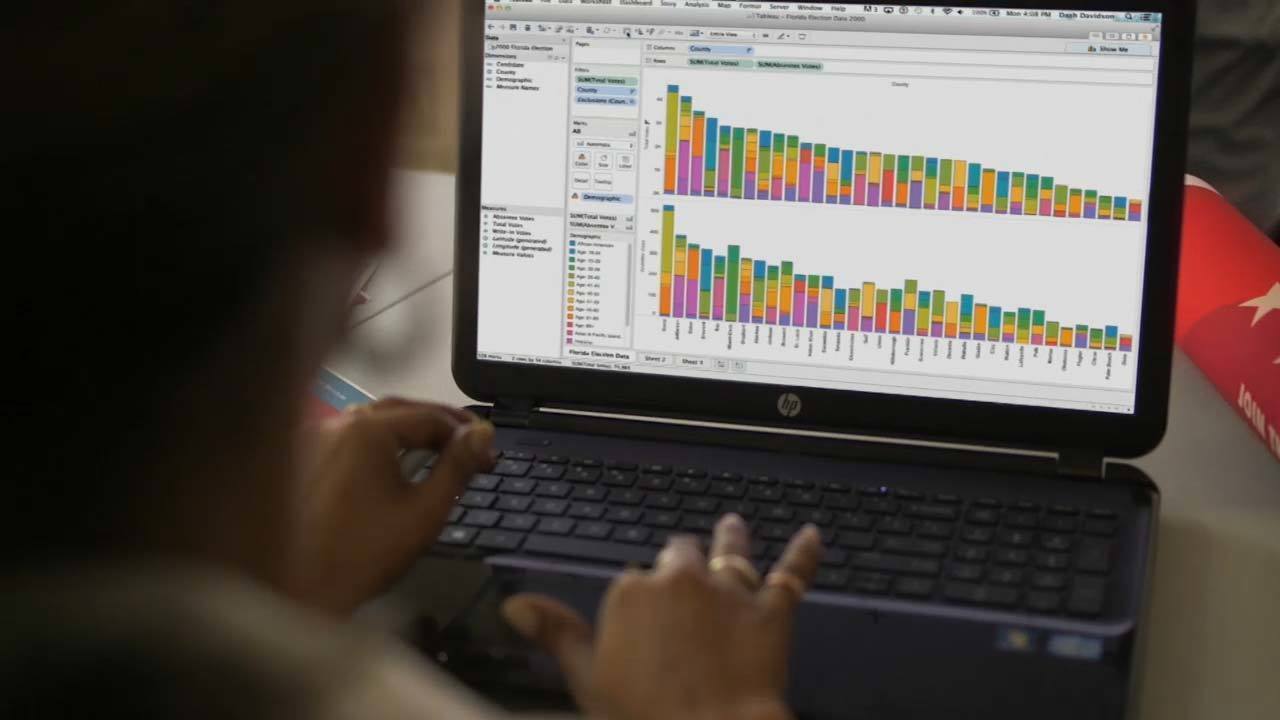

Rename the worksheet “Map View” by right-clicking on the tab at the bottom. Finished state of the first view looks like the following.Right click on “State” in the Filters shelf and select Show Quick Filter.Click and drag “State” into the Filters shelf, click OK at the dialog box. Now add a filter to enable the selection of individual states.Drag “Adult obesity rate” from the Measures panel into Color, and copy it into Size shelf to encode counties by those values.Now you have a map showing a dot for every county where you have a record. Right click on the Exclusions in Filter and select Make Global, so that this will apply to all subsequent views.Right click on the selected null values and select Exclude. Select them by clicking to one side of the point, keep the mouse button depressed to draw a rectangle over it, then release. Notice there is a point at 0 degrees latitude and longitude.You may get a warning message if so, check so that you don’t see it again. Tableau Public recognizes they are geographical fields and geocodes them accordingly. Tableau automatically recognizes categorical fields, like “State”, and numerical measures like “Adult obesity rate”. At the dialog box, click OK to connect.

#Upload to tableau public professional#
The data that is created using Tableau can be understood by the professional at any level in an organization. In this blog, we shall discuss the following concepts:ĭata analysis is very fast with Tableau and the visualizations created are in the form of dashboards and worksheets. Now, because of its utility to beginners, it makes for a very essential module in most Tableau Training Curriculum. However, for someone just beginning to explore this tool, it isn’t really feasible to cough up the kind of money it requires. It helps in simplifying raw data into a very easily understandable format. Tableau is a powerful and one of the fastest growing data visualization tools used in the Business Intelligence Industry.


 0 kommentar(er)
0 kommentar(er)
